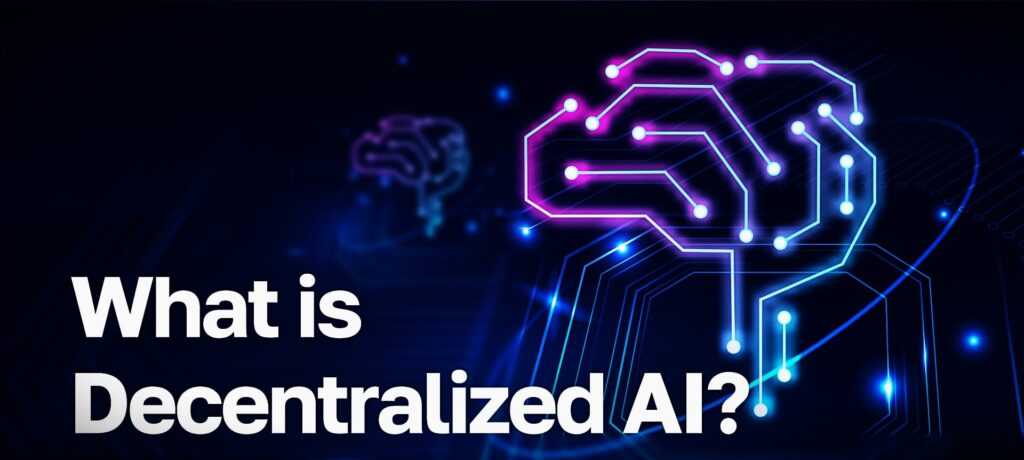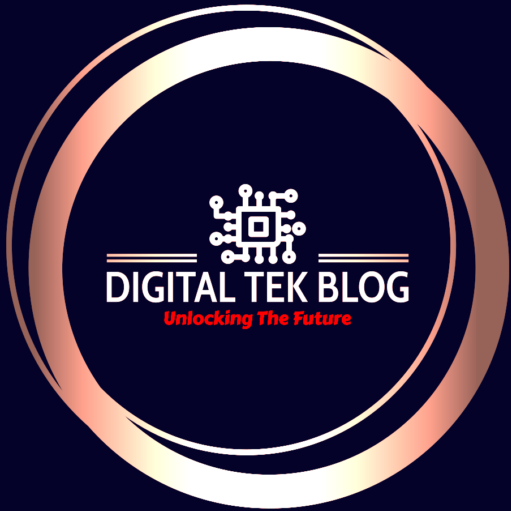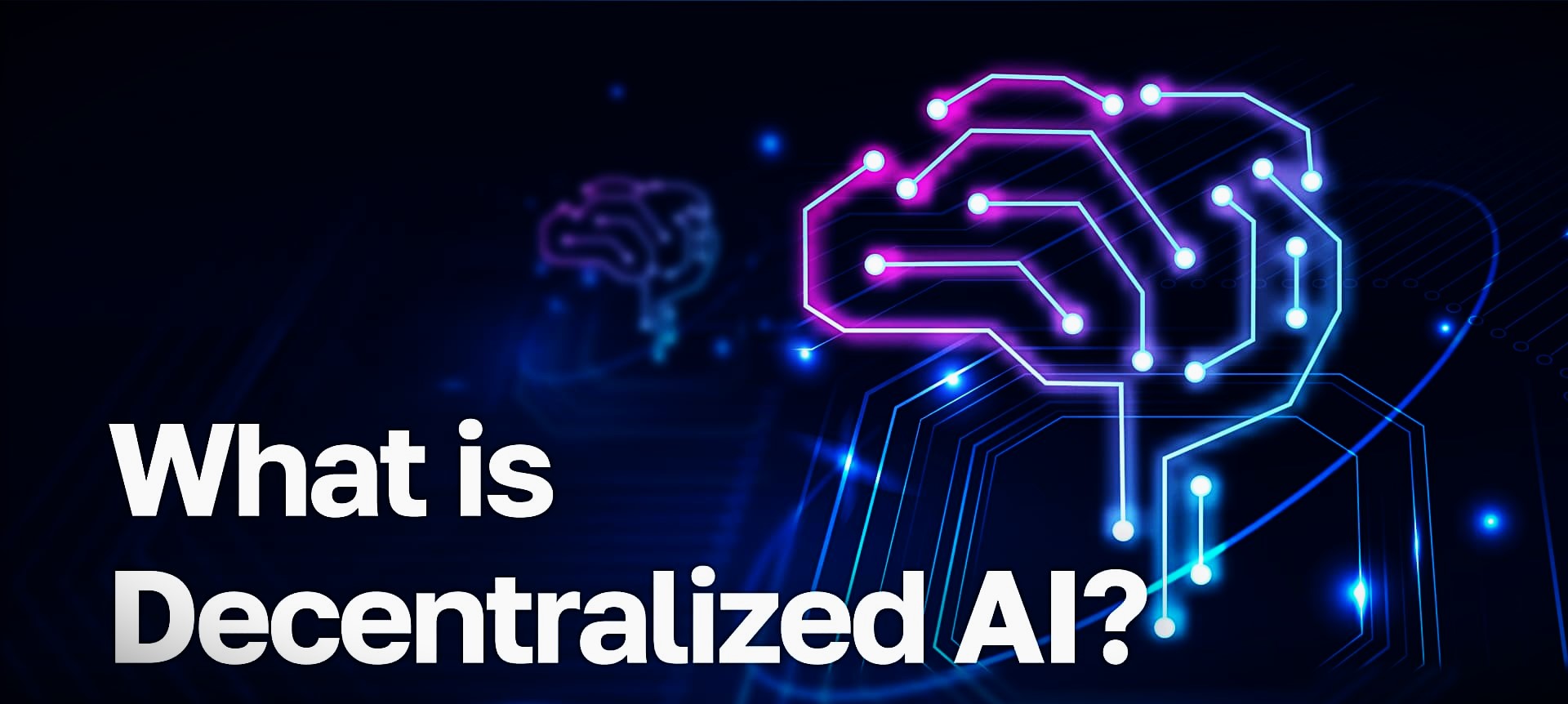Introduction
A decentralized AI (DAI) system is a type of artificial intelligence (AI) solution that uses blockchain technology to distribute, process, and store data across a network of nodes.

Decentralized AI systems allow users to leverage pre-trained AI models on their local devices, allowing them to benefit from AI-generated insights without handing over their data to a centralized authority.
As part of the decentralized approach, users can use pre-built AI models to process data stored on their devices and send results to third parties without sharing the underlying personal data.
What are the core components of decentralized AI?
It involves “storing, updating, sharing, and exchanging distributed intelligence information among distributed agents, nodes, or devices.” It then integrates distributed intelligence from local agents and distributed ecosystems (services and environments) to achieve higher levels of intelligence and intelligent problem-solving.
Broadly speaking, a decentralized AI system is built with several core components, including an AI platform or decentralized app (dApp), a blockchain distributed ledger, smart contracts, federated learning, and homomorphic encryption technology.
Blockchain’s distributed ledger allows AI developers to distribute pre-built machine learning (ML) models to users’ devices. These devices can then act as autonomous agents that perform AI inference tasks locally, either as independent entities or as part of a coordinated connectivity network.
Similarly, federated learning and homomorphic encryption help keep data processing activities on a user’s device private and isolated, ensuring that unauthorized third parties cannot view user information.
The end result is a decentralized AI system that enables:
- Users provide data to AI training models without disclosing it to third parties.
- Processing and decision-making that operate independently of a centralized authority.
- Developers distribute pre-built training models across a network of nodes.
- Increased transparency of AI model processing activities.
What is the point of decentralized AI?
Traditionally, the development of AI systems has been suppressed by a few technology vendors, such as Google and OpenAI. These vendors had the money needed to develop the infrastructure and resources needed to create and process large datasets.
However, the centralization of AI development in industry requires significant funding to enable organizations to develop and process the data needed to compete in the market.
Similarly, vendors are being encouraged to adopt a black box approach to AI development, giving users and regulators little transparency into how an organization’s AI models operate and make decisions. Or not given at all. This makes it difficult to identify inaccuracies, bias, prejudice, and misinformation.
Decentralized AI applications address these shortcomings by providing a solution that moves AI development from centralized providers to small researchers innovating as part of an open source community.
Also, users can benefit from AI-powered decision-making locally without sharing their personal data with third parties.
Federated Learning vs. Decentralized AI
Federated learning is the name given to an approach that uses distributed datasets to train two or more AI models on different computers. Federated learning technologies train machine learning models based on data stored within the user device without sharing the data with upstream providers.
Although this sounds similar to decentralized AI, there are important differences. In federated learning, the organization centrally controls the AI models used to process the dataset, whereas in distributed AI systems, there is no central entity responsible for processing the data.
Federated learning is therefore commonly used by organizations building centralized AI models that make decisions based on data processed on a distributed basis (usually to maintain user privacy). Decentralized AI solutions, on the other hand, have no central authority responsible for the underlying processing. A model that processes data.
Benefits of Decentralized AI
The use of decentralized AI architecture offers several important benefits for both AI developers and users. Some of them are:
- Users can benefit from AI-based decision-making without sharing data.
- Increased transparency and accountability around how AI-based decisions are made.
- Increased opportunities for independent researchers to contribute to AI development.
- Blockchain technology offers new opportunities for cryptography.
- Decentralization opens up new opportunities for integration with Web3 and the metaverse.
Democratizing AI Development
Although decentralized AI is still in its infancy, it has the potential to democratize AI development and provide more opportunities for developers with an open-source model to interact with users independent of centralized authority.
If enough vendors support decentralized AI models, it could significantly reduce the amount of control proprietary model developers have over the market and increase transparency in AI development.
What Are the Features of Decentralization?
Features of decentralization are:
- Delegation of authority to lower management
- Faster response time
- Quick decision-making
- Development of individual departments
- Employee engagement and development
Explain any five advantages of decentralization of power
- Conflict is reduced when power is shared between the center, states and local governments
- A large number of problems and issues can be best settled at the local level. (iii) People have better knowledge of their own problems in their localities.
- They know better where to spend money and how to manage things efficiently.
- People at the local level participate directly in decision-making.
Advantages and Disadvantages of Decentralization
| Advantages of Decentralization | Disadvantages of Decentralization |
| Motivation of Subordinates | Difficult to Coordinate |
| Growth and Diversification | External Factors |
| Efficient Communication | Narrow Product Lines |
| Ease of Expansion | Delayed decision making |
Advantages of Decentralization
1. Improve subordinate motivation
It is important to talk about the advantages and disadvantages of decentralization and consider the motivation of team members and stakeholders. Empowering them to participate in decision-making will motivate them and make them feel like they are an important part of the organization. In fact, by the time decentralization reaches every corner of the world, the hierarchical structures present in centralized societies will be replaced by more equitable structures. Where the network and protocols are driven by the community every step of the way.
2. Growth and diversification
By distributing executive authority among all organizational members, members are held accountable and motivated to grow. They will understand various aspects of decision-making. Furthermore, decentralization enables diverse decision-making for a diverse and vibrant society.
3. Effective communication
Authority is distributed across different levels of the organization, allowing effective and efficient communication among members. Helps in building better relationships among colleagues. In the financial world, decentralization also improves communication between givers and payees.
4. Ease of expansion
Every organization aims to expand to different locations, so empowering team members in different locations will lead to effective expansion. You can receive area-specific requirements from your team members and develop as per their needs.
5. Better monitoring and control
Team members have the authority to recommend new working styles when needed to improve efficiency, allowing for better supervision among members. As members of an organization or project, they are equally responsible for its work and are likely to take a more active role in solving serious problems.
6. Satisfaction of human needs
Everyone wants to feel free while working and even during financial transactions. Decentralization helps everyone feel the sense of power and freedom they need. If you and other people are happy working in your organization, then the organization is working towards growth.
7. Key people are just advisors.
The VP, CTO, and HR are important people, especially in the early stages of a new project. The community can always consult with them for future guidance. Ultimately, decisions will be taken collectively by the community these people comprise, not just a few at the top.
Disadvantages of Decentralization
1. Difficulty coordinating or delay in decision-making
When discussing the advantages and disadvantages of decentralization, it is important to understand that one of the biggest disadvantages is reaching consensus. Decision-making can be difficult as there are many members to consult. This means that a lack of coordination can lead to delays in decision making.
2. External factors
External factors such as trade unions, market forces, and governments often make it difficult to reach decisions through discussion and consensus. They may attempt to manipulate/corrupt the majority through loopholes in the protocol, resulting in unfair decisions.
3. Narrow product line
Decentralization requires a wide range of product lines within an organization. This is important so that decentralization can help in decision-making. Smaller organizations with narrow product lines and a lack of management-level talent at lower levels may find it difficult to benefit from decentralization.
Conclusion
Now that I understand the advantages and disadvantages of decentralization, it is safe to say that I am starting to value decision-making even more. When it comes to the advantages and disadvantages of decentralization, the advantages definitely outweigh the disadvantages. Also, which aspects have no disadvantages? The concept of decentralization will be further expanded, giving average people more freedom and power across different platforms and industries.

